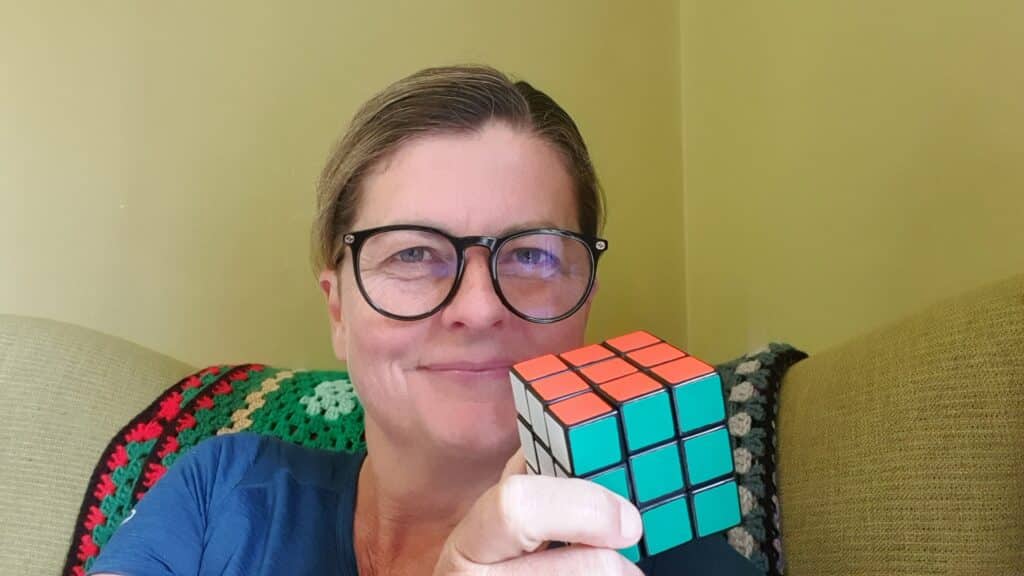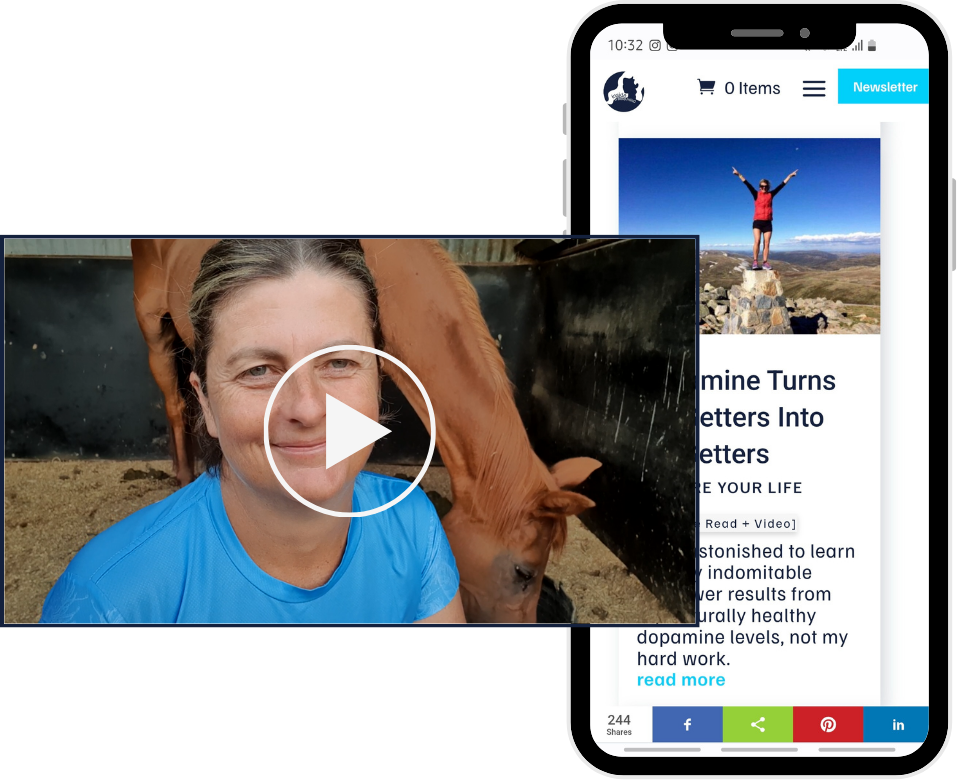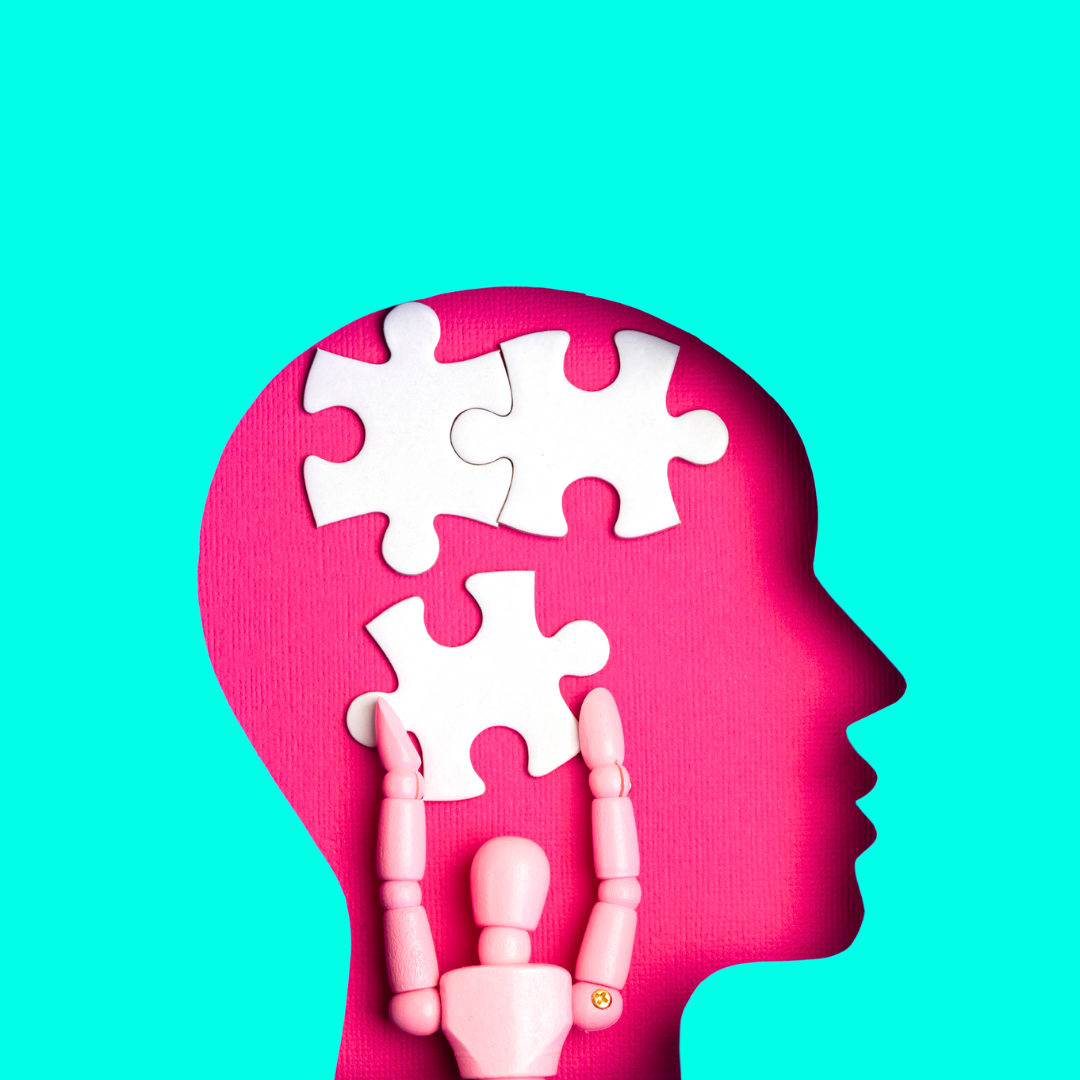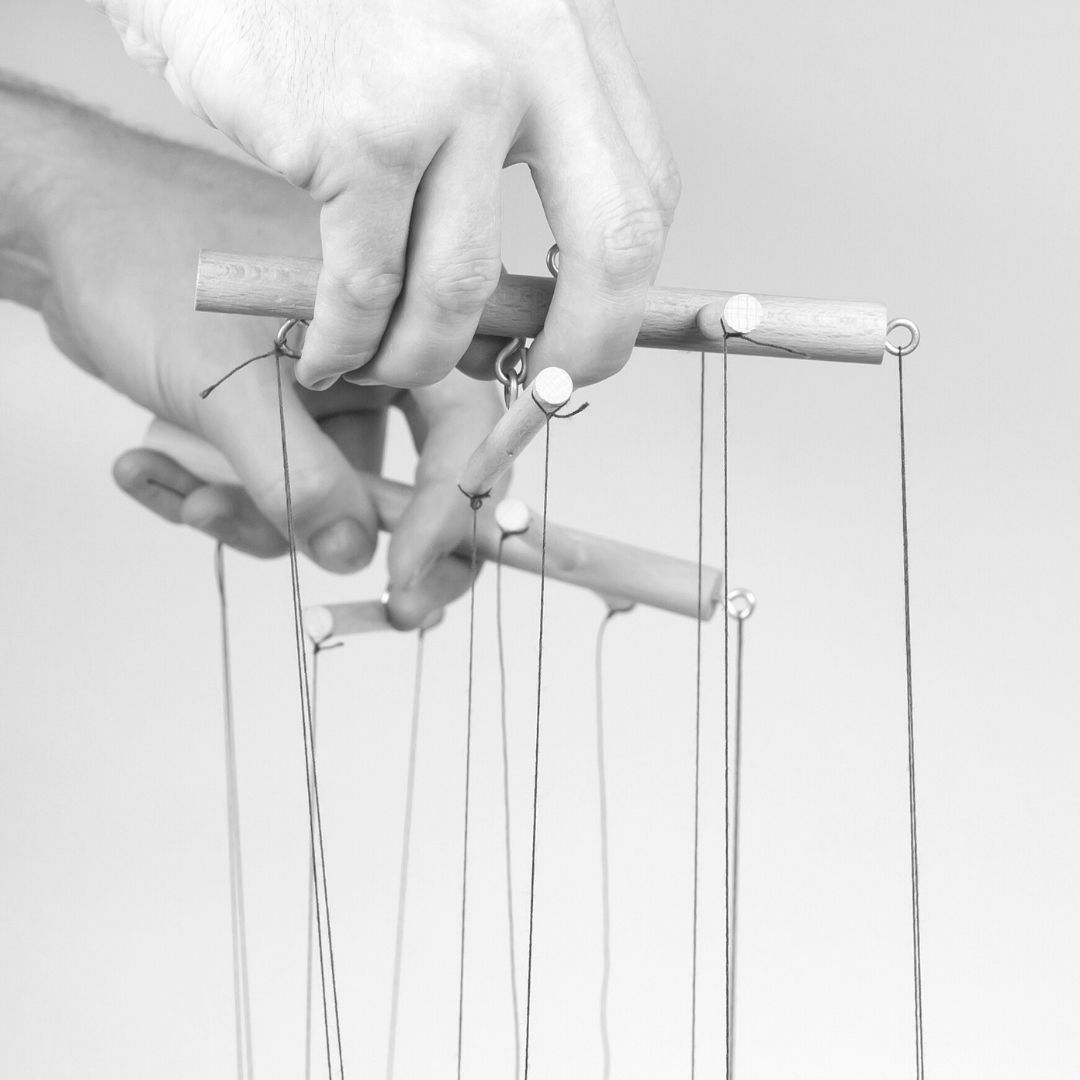How to learn anything [in three steps]
My high-school Rubik’s Cube had confounded me for decades – until I applied my foolproof process for learning any skill to solving this kid’s puzzle. Read on to find out how this old dog is still learning new tricks – and how you can too.
I use a simple method to quickly and effectively learn new skills. I recently used it to conquer a childhood nemesis finally, and I thought I’d share the technique.
First, I’ll show you my learning process; then I’ll give you a peek at the process in action – by explaining how I finally solved the Rubik’s Cube after 35 years.
The three-step process for learning anything
I’ve always been passionate about learning how the world work. By a twist of fate, I had the opportunity at university to study learning theory. More succinctly, I learned how to learn.
Give me a learning challenge – for example, acquiring a new skill or solving a puzzle – and I go through these three stages.
Stage 1 – Storming
I carry out rapid, small repetitions or actions to scope out the landscape and prioritise the possibilities. Depending on the context, I’ll hunt out existing knowledge and how-tos. The key here is lots of activity – exploring ideas and possibilities with a mind full of curiosity. I keep going until I find a workable solution or a path forward. Often, I flag this phase as complete when I achieve the desired outcome for the first time.
Stage 2 – Norming
This next phase is about distilling what works best and making it replicable. This might involve removing excess steps or information. I keep working on the method until I can easily repeat the process and get the same result each time.
Stage 3 – Performing
This is the polishing phase and finding mastery within the skill or solution. I search out the 1% improvements.
A puzzle I could never solve
Last month, while searching through the contents of a storage box that has remained unopened for years, I found my Rubik’s Cube from high school.
Back in the 1980s (which was about the last time that Cube saw daylight) there was a high likelihood of finding a Cube in every kid’s school bag. They were so common that we wrote our names in Texta in the small squares to prevent any conflicts over confused ownership.
I never solved the Cube as a kid. More than once, those tiny pieces of plastic were dislodged, rearranged and reconnected in their proper order rather than endure another moment of frustration. I suspect that’s why it ended up in a never-to-be-opened box in the back of the cupboard.
“I wonder why I didn’t throw it away?” I thought as I removed it from the box.

Rubik’s Cube – A puzzle that baffled me for three decades
Storming – using internet algorithms to find the solution algorithm
In the 1980s, solving the Rubik’s Cube relied on having the right contacts. You had to know the kid whose parents were willing and able to buy a paperback titled How To Solve The Rubik’s Cube.
Said kid then had to be smart enough to interpret the hieroglyphics and dexterous enough to twist and turn the Cube until those small pieces magically fell into their correct location.
Finally armed with supreme knowledge, that kid then had to be willing to teach others.
In the 2020s, that bottleneck on knowledge has been opened wide; that elusive paperback has been converted into thousands of how-to videos on YouTube.
The Rubik’s Cube has more than 43 quadrillion combinations. When your average punter (me included) tries to solve it, they attempt to do so one side at a time. They will solve the white side, and then try to solve the red side. That route doesn’t work.
Instead, there are algorithms – that’s how dedicated ‘Cubers’ refer to a sequence of moves – that are applied to solve the Cube in stages. The recommended method for beginners is to solve the cube layer by layer, which is done in seven steps.
It took about two hours of searching the internet for me to solve the Cube for the first time ever: watching videos, trying a technique, failing and trying again until I eventually succeeded.
Norming – searching for the ‘best’ solution
The best solution is the one that is most fit for the intended purpose.
Solving the Cube for the first time in 35 years didn’t give me the feeling of victory I was hoping for. I was happy and surprised, but I didn’t feel like I had conquered it. I wanted to be able to do it efficiently.
My exploration during this stage of the learning process became more purpose-driven than in the first.
One thing I learned from watching Cuber videos is that each person has their own nuanced techniques and algorithms. There are an overwhelming number of options for completing each stage of the solution.
It would have been so easy to head down rabbit holes or get stuck in loops of unproductive effort trying all the different techniques. Having a clear purpose during this phase keeps me progressing forward.
I looked at my process and identified the sections that felt clunky or that didn’t work every time and hunted for new solutions to those sections.
By the time I completed this phase, I had written down a process. If I gave it my total concentration, I could solve the Cube within 10 minutes, 100% of the time.
Performing – satisfaction in mastering the Cube
Since then, the fun has been in the practice – the clacking sound of my Rubik’s Cube has accompanied my morning coffee each day. I use the same method each time and mastery has come through learning how to do that method well.
I no longer look at my notes as the primary method is embedded in my memory.
I’ve learned the importance of concentration – not letting my mind wander while I’m working on the puzzle. I can see patterns within the patterns and have a better understanding of how it all works.
Now, I can reliably solve the Rubik’s Cube in under four minutes. And the clearest indication to me that I have achieved mastery of the beginner’s solution is in the behaviour of my mind – it’s getting bored and hungry to move onto the next level.
Inside a Bold Mind explores the inner landscape of women who are finding the courage to live a bold and rewarding life. Follow us for weekly stories that inspire you to conquer your fears, discover yourself and achieve your life goals.





